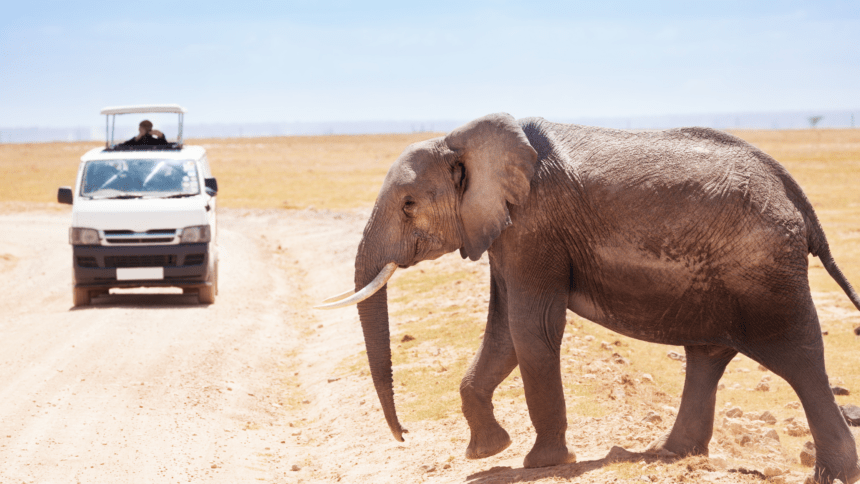Introduction to Safari in Indian Wildlife
A Land of Biodiversity
India, with its myriad ecosystems ranging from the towering Himalayas to the vast Thar Desert, is a veritable treasure trove of biodiversity. The nation’s varied landscapes support a dazzling array of flora and fauna, earning it a place among the world’s most biodiverse countries. Each region, from the dense tropical rainforests of the Western Ghats to the arid expanses of Rajasthan, contributes to this ecological mosaic.
The Significance of National Parks
National parks in India are critical for the conservation of its wildlife. These protected areas serve as sanctuaries for endangered species, safeguarding them from the threats of habitat loss and poaching. They are vital for maintaining ecological balance and providing a refuge where nature can thrive undisturbed by human encroachment. Embarking on a safari in India is one of the best ways to experience this natural splendor.
1. The Majesty of Ranthambore National Park
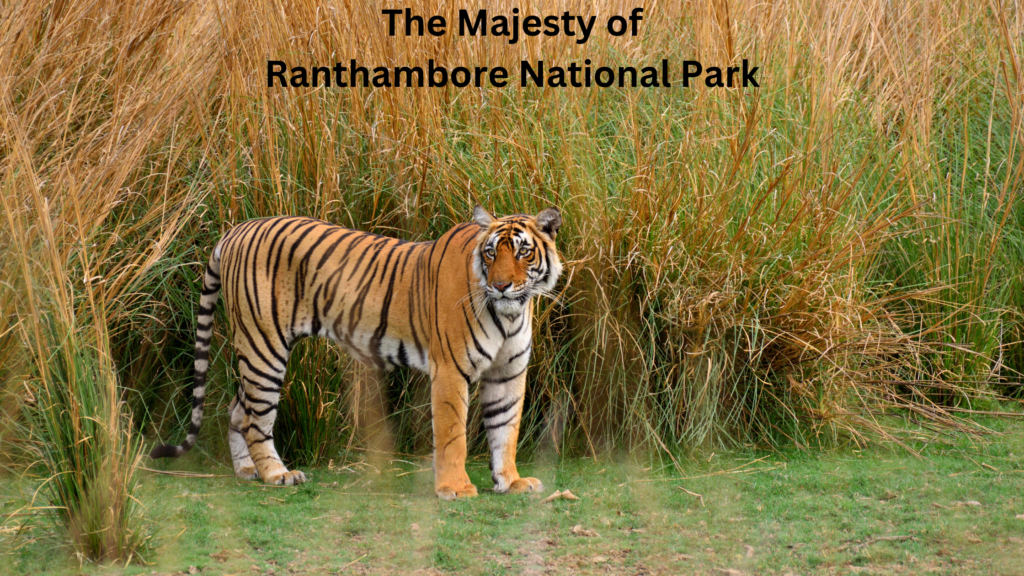
Historical Significance
Nestled in the heart of Rajasthan, Ranthambore National Park is not only a wildlife haven but also a site of rich historical significance. Once the private hunting grounds of the Maharajas of Jaipur, the park is dotted with ancient ruins that whisper tales of bygone eras. The 10th-century Ranthambore Fort, perched atop a hill, adds a majestic backdrop to this natural sanctuary. A safari in India would be incomplete without visiting this iconic park.
The Royal Bengal Tiger
Ranthambore is synonymous with the Royal Bengal Tiger. The park’s tigers, often seen lounging in the ruins or stalking through the underbrush, are a significant draw for wildlife enthusiasts. The opportunity to observe these magnificent creatures in their natural habitat, against the dramatic backdrop of the fort, is an unparalleled experience that highlights the allure of a safari in India.
2. Kaziranga National Park: The Rhino Haven
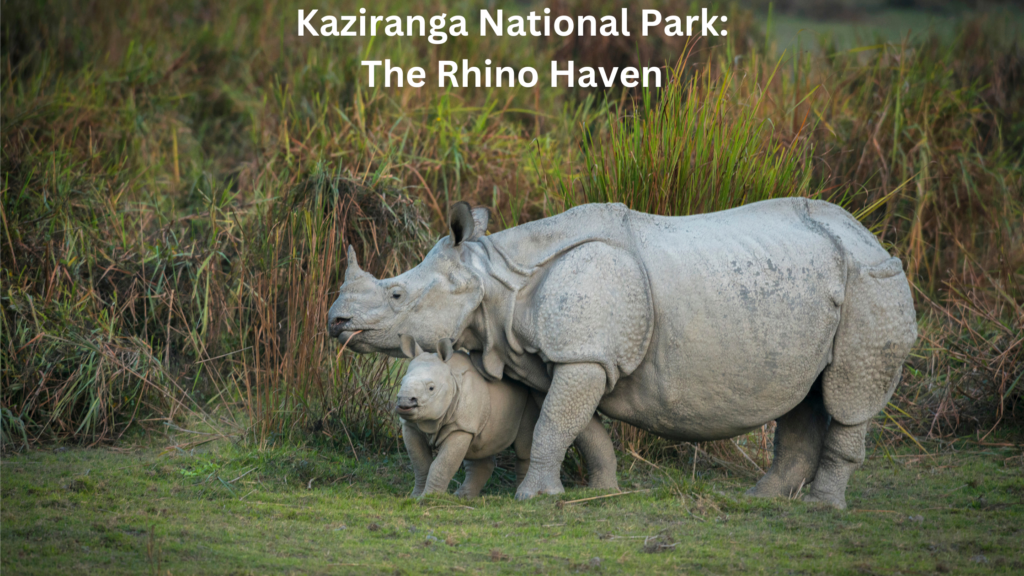
The Great One-Horned Rhinoceros
Kaziranga National Park in Assam is a stronghold for the Great One-Horned Rhinoceros. This prehistoric-looking giant once faced the brink of extinction but has now found a safe haven in Kaziranga. The park is home to over two-thirds of the world’s population of this species, making it a critical site for their conservation. Experiencing these rhinos during a safari in India is a unique adventure.
Conservational Success Stories
Kaziranga’s success in rhino conservation is a testament to robust protection efforts. Anti-poaching measures, community involvement, and effective management strategies have turned this park into a model of conservation success. The resurgence of the rhino population here is a beacon of hope for other endangered species, and a safari in India here is a journey through a conservation success story.
3. Jim Corbett National Park: The Pioneer

India’s First National Park
Established in 1936, Jim Corbett National Park in Uttarakhand holds the prestigious title of India’s first national park. Named after the famed hunter-turned-conservationist Jim Corbett, the park set the stage for the establishment of protected areas across the country. This pioneering spirit makes it a must-visit destination for a safari in India.
Flora and Fauna Diversity
Corbett’s diverse habitats include dense forests, grasslands, and riverine belts, supporting a rich variety of wildlife. Tigers, leopards, elephants, and a myriad of bird species thrive in this verdant paradise. The park’s scenic beauty and biodiversity make it a must-visit for nature lovers seeking an authentic safari in India.
4. Sundarbans National Park: A Deltaic Marvel

Mangroves and Their Mystique
The Sundarbans, spanning India and Bangladesh, is the world’s largest mangrove forest. This intricate network of tidal waterways, mudflats, and islands creates a unique habitat rich in biodiversity. A safari in India through the Sundarbans offers an unforgettable glimpse into this extraordinary ecological marvel.
Biodiversity Hotspot
The Sundarbans, home to the elusive Bengal Tiger known for its swimming prowess and occasional man-eating tendencies, adds an element of danger and intrigue to any safari in India. This biodiversity hotspot also shelters saltwater crocodiles, various bird species, and the Indian python. Exploring the Sundarbans offers an unparalleled glimpse into a rich and varied ecosystem, making it a critical area for conservation and a fascinating destination for wildlife enthusiasts..
5. Gir National Park: The Last Abode of Asiatic Lions

A Unique Conservation Effort
Gir National Park in Gujarat is the last refuge of the Asiatic lion. Conservation efforts here have been remarkably successful, transforming the park into a stronghold for these majestic creatures. The lion population has been steadily increasing, showcasing a conservation triumph that draws visitors for a memorable safari in India.
Biodiversity Beyond Lions
While Gir is best known for its lions, the park also boasts a rich biodiversity. Leopards, antelopes, and numerous bird species share this habitat, making it a well-rounded destination for wildlife enthusiasts. The coexistence of various species in Gir exemplifies the park’s ecological richness, enhancing the experience of a safari in India.
6. Bandhavgarh National Park: A Historical Wilderness

Ancient Forts and Wildlife
Bandhavgarh, located in Madhya Pradesh, is steeped in history and teeming with wildlife. The ancient Bandhavgarh Fort, perched high on a hill, dominates the landscape. The fort’s ruins provide a dramatic backdrop to the park’s rich wildlife, adding a sense of historical grandeur to the safari in India.
The Dense Tiger Population
Bandhavgarh boasts one of the highest densities of Bengal Tigers in India. The park’s varied terrain, ranging from dense forests to open meadows, supports a thriving tiger population. This makes Bandhavgarh one of the best places in the country for tiger sightings, attracting wildlife photographers and enthusiasts from around the world, making it a premier destination for a safari in India.
7. Periyar Wildlife Sanctuary: Southern Splendor
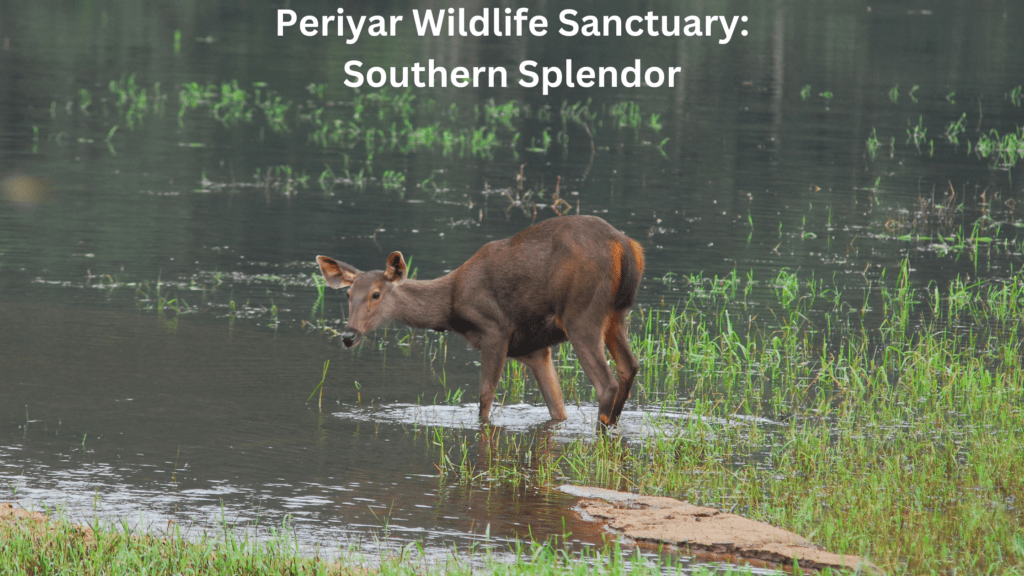
The Elephants of Periyar
Periyar Wildlife Sanctuary in Kerala is famous for its large elephant population. The sight of herds of elephants grazing along the banks of the Periyar Lake is a highlight for visitors. These majestic creatures, often seen in large numbers, add to the sanctuary’s charm and make a safari in India through Periyar a memorable experience.
The Tranquil Periyar Lake
The serene Periyar Lake, created by the construction of the Mullaperiyar Dam, lies at the heart of the sanctuary. Boat cruises on the lake offer a tranquil way to observe wildlife, including elephants, sambar deer, and various bird species. The lake’s calm waters and surrounding greenery create a picturesque setting for wildlife observation, enhancing the allure of a safari in India.
8. Exploring Kanha National Park

Inspiration for “The Jungle Book”
Kanha National Park’s lush sal and bamboo forests inspired Rudyard Kipling’s classic, “The Jungle Book”. The park’s diverse flora and fauna bring to life the tales of Mowgli and his adventures, adding a literary allure to the wilderness. A safari in India through Kanha is like stepping into the pages of a beloved story.
Thriving Tiger Population
Kanha is renowned for its well-managed conservation programs, resulting in a thriving tiger population. The park’s healthy ecosystems support a variety of wildlife, including the rare barasingha, also known as the swamp deer, which has been successfully reintroduced here. This makes Kanha a prime spot for a safari in India.
9. The Riches of Bandipur National Park
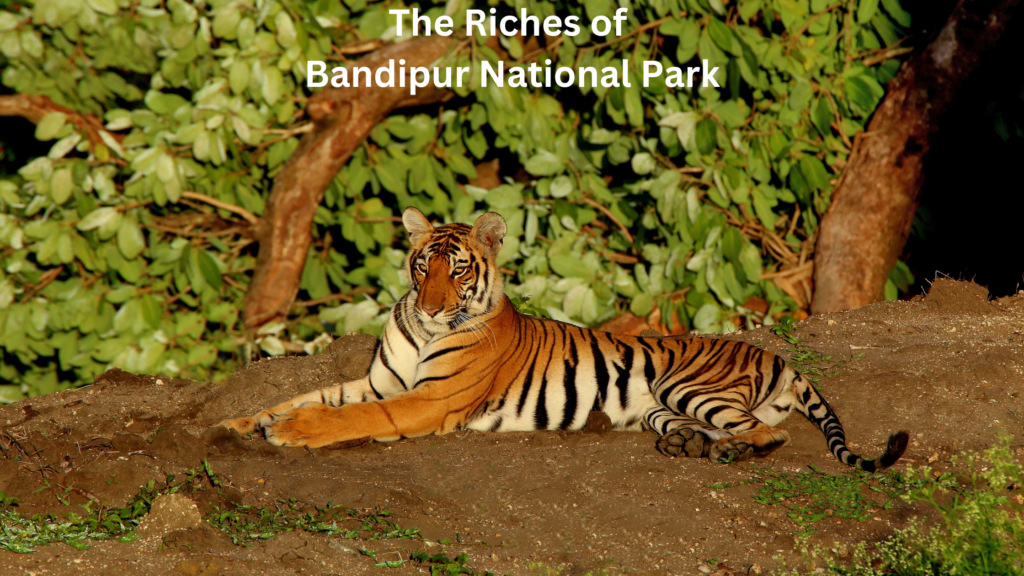
Western Ghats Ecosystem
Bandipur National Park, part of the Nilgiri Biosphere Reserve in Karnataka, lies within the Western Ghats, a UNESCO World Heritage site. This region is known for its incredible biodiversity, including many endemic species. A safari in India through Bandipur allows visitors to witness this richness firsthand.
Tiger Conservation Initiatives
Bandipur is celebrated for its successful tiger conservation programs. The park’s efforts to protect and preserve its tiger population have yielded significant results, making it a key player in India’s overall conservation strategy. A safari in India here offers a glimpse into these vital conservation efforts.
10. The Avian Paradise of Keoladeo National Park
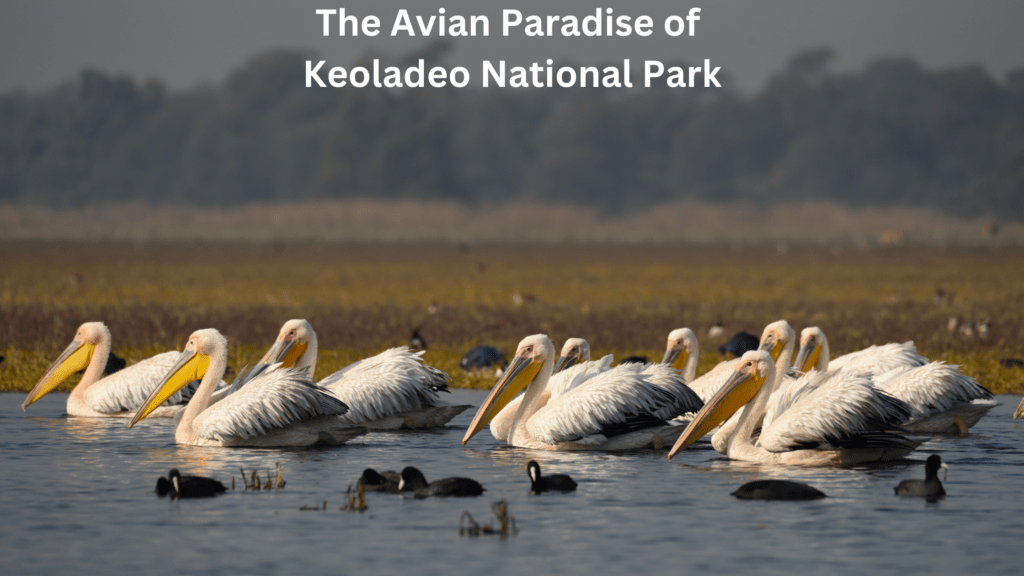
Birdwatcher’s Delight
Keoladeo National Park, formerly known as Bharatpur Bird Sanctuary, in Rajasthan, is an avian paradise. The park hosts thousands of birds, especially during the winter months when migratory species arrive from as far as Siberia and Central Asia. A safari in India through Keoladeo is a birdwatcher’s dream.
Wetland Ecosystem
The park’s wetland ecosystem supports over 370 species of birds, including the rare and endangered Siberian crane. Keoladeo’s mosaic of wetlands, woodlands, and grasslands provides critical habitats for breeding and feeding, making it a vital sanctuary for birdlife. Experiencing a safari in India here offers an unparalleled opportunity to witness an incredible diversity of avian life.
11. Nagarhole National Park: Coorg’s Crown Jewel

Land of Leopards and Elephants
Nagarhole National Park, also known as Rajiv Gandhi National Park, is a jewel of Karnataka. It is famous for its large populations of leopards and elephants. The park’s varied landscapes, from dense forests to riverine swamps, support a rich biodiversity that captivates visitors. A safari in India through Nagarhole is an adventure into the wild heart of Karnataka.
Coorg’s Scenic Beauty
Adjacent to the picturesque Coorg district, known for its coffee plantations and rolling hills, Nagarhole offers not only wildlife but also stunning natural beauty. The park’s serene environment and lush greenery make it an ideal destination for nature lovers. A safari in India through this region combines the thrill of wildlife encounters with breathtaking scenery.
12. Desert National Park: A Unique Ecosystem

13.1 The Great Indian Bustard
Desert National Park in Rajasthan is a unique ecosystem where the endangered Great Indian Bustard roams. This critically endangered bird, with its impressive size and striking appearance, symbolizes the park’s conservation challenges and triumphs. Observing this rare bird on a safari in India is a highlight for wildlife enthusiasts.
13.2 Survival in Arid Conditions
The park showcases the resilience of life in harsh desert conditions. Species such as chinkara, desert fox, and various reptiles have adapted to survive in the arid environment, offering a fascinating study of nature’s ingenuity. A safari in India through Desert National Park reveals the incredible adaptability of desert wildlife.
Concluding Thoughts on India’s Wildlife Safaris
14.1 The Future of Conservation
The future of wildlife conservation in India is bright yet challenging. Continuous efforts to protect natural habitats and endangered species are crucial. National parks will remain at the forefront of these efforts, serving as bastions of biodiversity. A safari in India is not just an adventure but also a step towards supporting conservation efforts.
14.2 The Impact of Ecotourism
Ecotourism plays a pivotal role in conservation, providing essential funding and raising awareness about the importance of preserving wildlife. Sustainable tourism practices ensure that natural treasures are enjoyed responsibly, leaving minimal impact on the environment and fostering a culture of conservation. A safari in India, conducted responsibly, contributes to these efforts and helps preserve the country’s natural heritage.
India’s national parks offer a mesmerizing journey through the country’s rich and varied landscapes. From the majestic tigers of Ranthambore to the enigmatic mangroves of the Sundarbans, these protected areas are vital to preserving the nation’s natural heritage. For those seeking adventure and a deeper connection with nature, a safari in India presents an unparalleled opportunity to witness the splendor of the wild. Whether you are exploring the historical ruins of Bandhavgarh, cruising on Periyar Lake, or trekking through the desert sands of Rajasthan, a safari in India promises a unique and unforgettable experience.
Reference
Book about Indian Wildlife and National Parks
Explore below links for more tourism related post:
20 Must-Visit Hill Stations in India for Nature Lovers
15 Must-Visit Historical Places in India: A Journey Through Time
For more content follow Humstory






